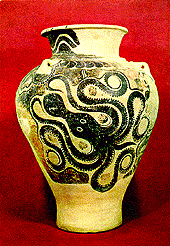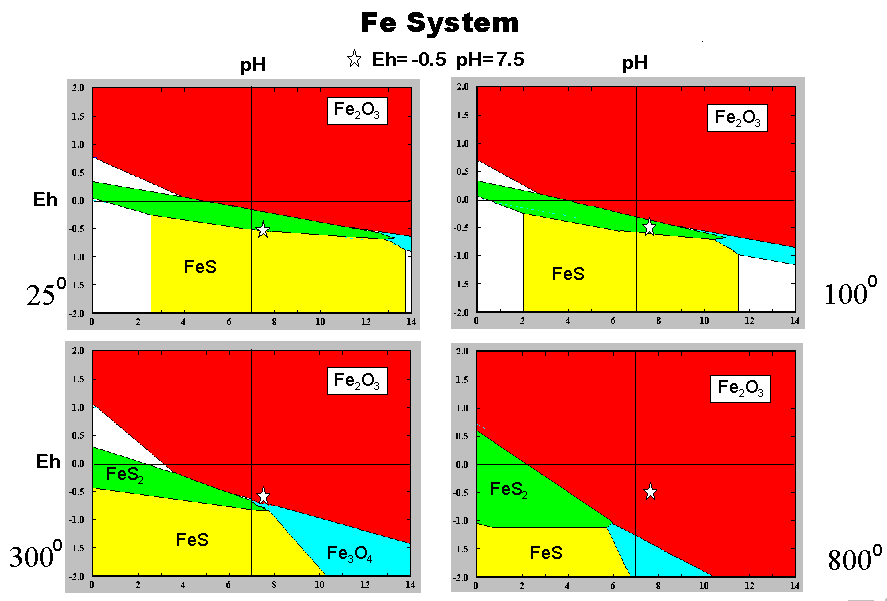

PARADOXES IN THE PHASE RELATIONSHIPS CONSIDERING REDOX PATHWAYS FROM ANOXIC MUDS TO VARIABLY OXIC METAPELITIC SCHISTS
Pat WILDE
Pangloss Foundation
Berkeley, CA 94709
pat.wilde.td.57@aya.yale.edu
Mary S. QUINBY-HUNT
Lawrence Berkeley National Laboratory
Universtity of California
Berkeley CA 94720
mshunt@lbl.gov
Charles V. GUIDOTTI
Department of Geological Sciences
University of Maine
Orono, Maine 04469-5711
guidotti@maine.maine.edu
From Geological Society of America 1997 Annual Meeting: Salt Lake City, v. 29, no. 6, A450
ABSTRACTIn present marine environments peletic sediments are anoxic below a few microns from the surface, even if the overlying waters are oxic. During early diagenesis and dewatering processes anoxic condition are maintained by bacterial action. However, the geology record abounds with examples of clearly oxic mineral assemblages in metapelites (hematite and magnetite bearing rocks). Indeed, even typically reduced sulfide + graphite-bearing metapelites exhibit f(O2) values close to the QFM buffer. Such 'oxic' assemblages are found in closed-system metamorphic rocks with no evidence of further modification of bulk chemistry other than loss of H20 and C02 in response to changes of temperature and pressure. Such oxic metamorphic assemblages may be contrasted with anoxic metamorphic assemblages which ane generally graphite rich and also pyrite- or pyrrhotite-rich. In general, these are also characterized by a distinct suite of elements such as V, Zn which are associated in modern environments with organic-rich shales
Apparently, between sedimentation and metamorphism routinely anoxic sedimentary conditions ane changed such that the metamorphosed equivalents are seemingly oxic. We propose by means of appropriate phase diagrams to illustrate the various pathways by which these seemingly conflicting conditions may be produced by combinations of pH, temperature, and pressure. This type of analysis may be geologically useful both for discerning and reconstructing subduction history as well as deducing initial paleo-oceanographic conditions from metamorphic rocks.
